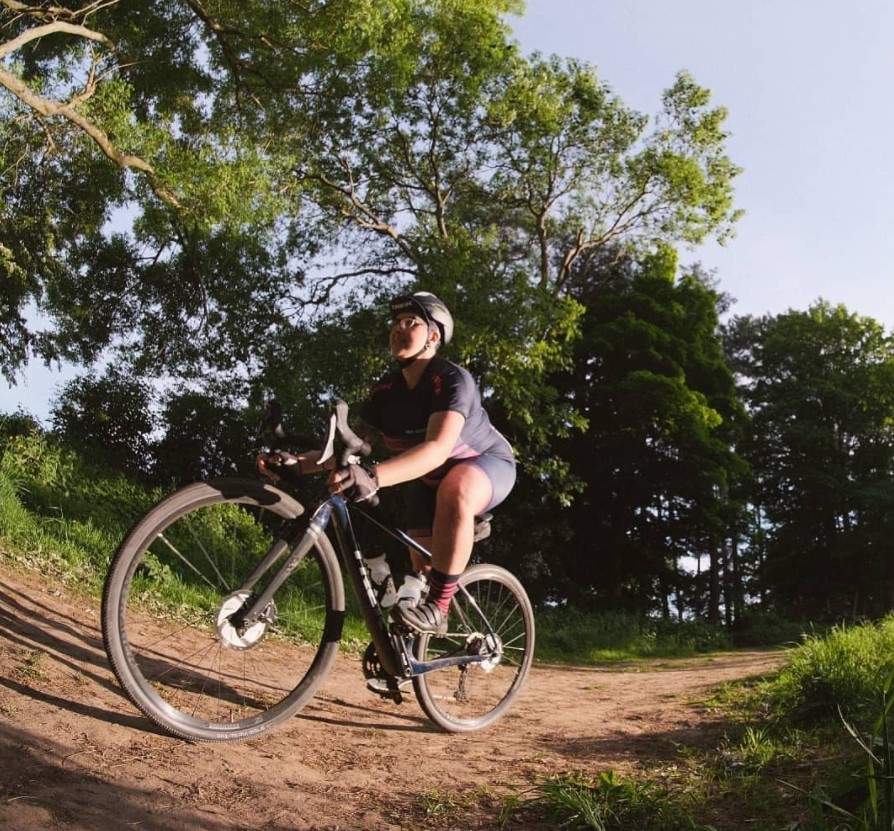What is a “cyclist’s physique”?
Mildred Locke explores the hidden language of marketing, and the myth it perpetuates
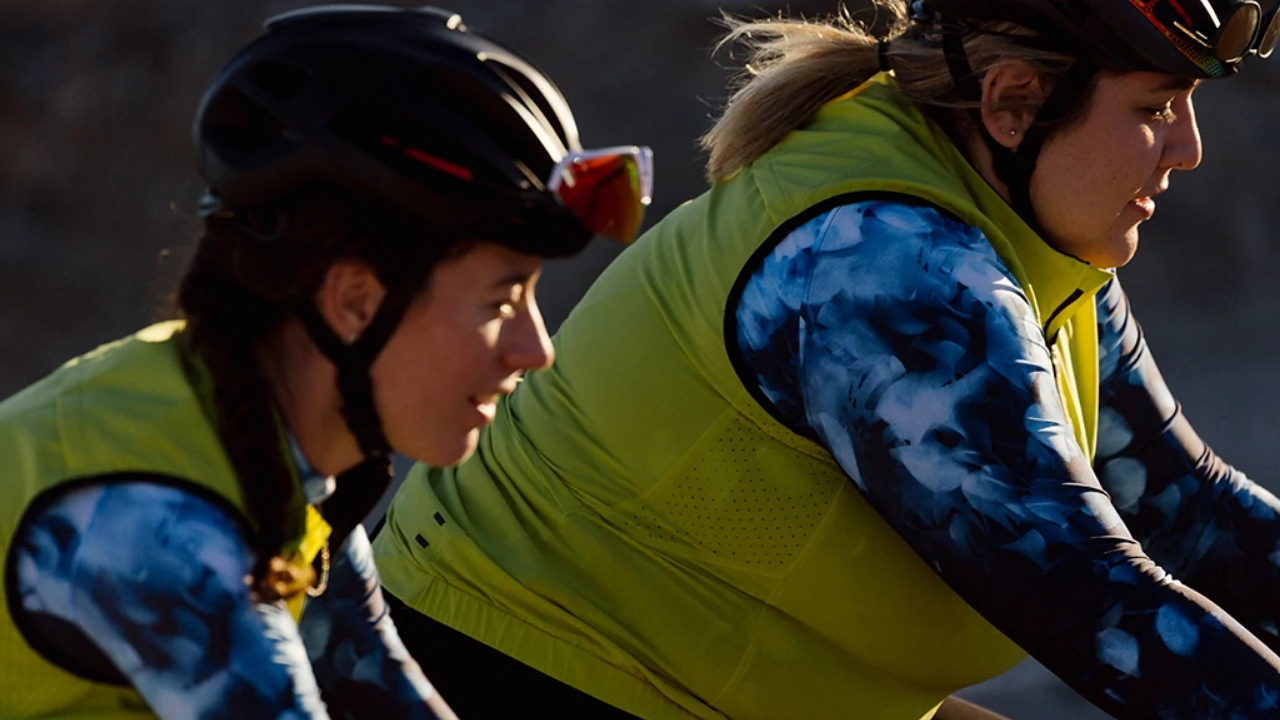
Just like many of us are sick of hearing about how to get our ‘beach body’ ready as soon as the sun makes an appearance, now we have another ridiculous concept to contend with: the “cyclist’s physique”.
I say ‘now’, but this is not new by any stretch of the imagination. For as long as there has been a cycling industry, there have been brands using sex to sell, and clambering over themselves to market their wares using size-small models who, in many cases, don’t even ride bikes at all.
Recently I've come across several call-outs on social media that very explicitly state what type of body the brand is interested in depicting. "We're looking for people 25-35 with their own bike who have the classic cyclist physique" read one request that was directly messaged to the Steezy Collective by a PR agent on behalf of a relatively well-known cycling apparel brand. After pushing back and asking why the brand wasn't more interested in showing a variety of body types in its marketing, we were told that the models had to fit into the kit provided, which was size small.
Another call-out that surfaced shortly afterwards on Facebook, which very specifically requested "a 30-45 y/o 'fit' female" model. Don't even get me started on 'fit'. Fitness isn't a visible trait, it's about how well your body can move and cope with physical strain. I generally consider myself a 'fit' person because I'm active and I can spend a whole day riding my bike and covering meaty distances. But am I the kind of 'fit' female this brand was looking for? Of course not.
This practice perpetuates the idea that all cyclists look the same. Thankfully there are plenty of brands using real cyclists to model their products, however, the homogeneous body types on display regardless cement the ideal of a particular body size and shape that is not achievable to everyone, and immediately excludes all those who find joy on their bikes but fail to see themselves reflected in any of the current cycling media.
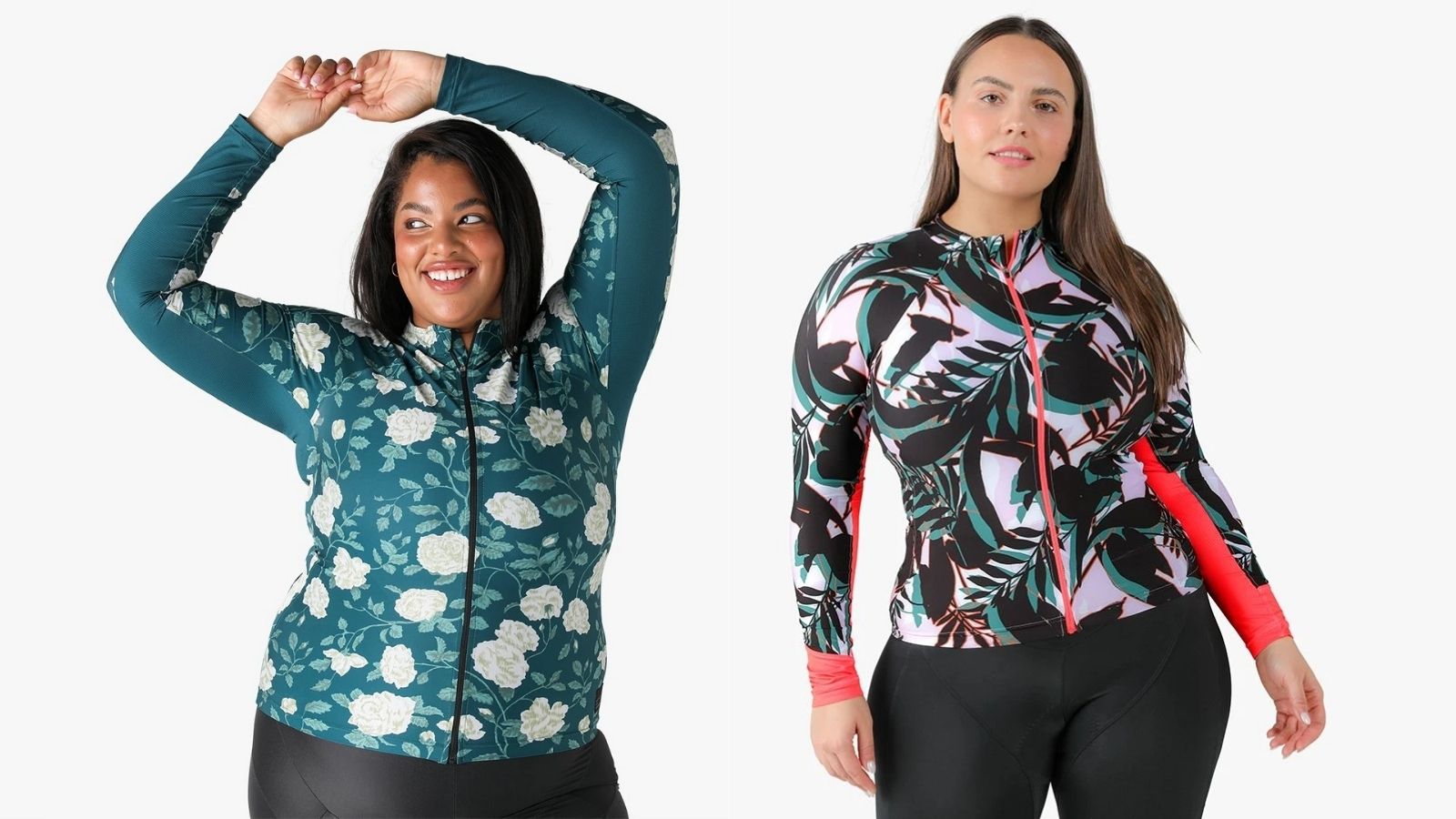
Brands like Machines For Freedom are paving the way for larger-bodied cyclists to feel confident in their Lycra, thanks to the wealth of body shapes, ages and ethnicities depicted in its promotional materials. In the UK there's also Fad Lad at the Back and its off-shoot Fat Lass at the Back, which both depict a variety of shapes and sizes in its marketing materials. But that's pretty much it. I'm very hard pushed to think of anyone else right now.
But surely it makes better business sense to appeal to a wider demographic. We've got money to spend too, after all. You need only venture briefly into the comments section of any sponsored Instagram ad for women’s products to see folks despairing at the lack of diversity of models, or hailing the brand as their new favourite, thanks to its choice of portraying a variety of bodies in its photos. There’s a definite thirst for more diverse bodies, and all over social media, companies are either lauded or loathed, depending on the types of models they choose to depict in their marketing campaigns.
Get The Leadout Newsletter
The latest race content, interviews, features, reviews and expert buying guides, direct to your inbox!
It seems that the audience and customer base is generally moving forward, and making progress means continuing in this vein, normalising the image of a multitude of body types wearing all manner of garments and participating in a plethora of activities. It baffles me then that so many brands are still stuck in the old way of doing things.
As the resident fat cyclist here at Cyclingnews, I have highlighted the challenge of where to find plus-size cycling clothing, while over on our sister site Bike Perfect I celebrated the launch of Shimano’s short film, ‘All Bodies On Bikes’, which starred Kailey Kornhauser and Marley Blonsky, and highlighted the joy of bikepacking at any size. I feel privileged to have a platform to share these stories with others, and hopefully make the elite world of cycling seem a little less daunting to people like me.
It saddens me, then, to have to also share the other side of the coin and raise awareness of the ways in which some brands are grasping onto archaic ideals. Join a few large-scale cycling groups on Facebook or have a fairly decent following on Instagram, and it won’t be long before you start seeing marketing call-outs for cycling brands, looking for their next top model. While the messages put out are usually posted by marketing agents on behalf of the brands, these are almost certainly done so under specific instructions, so the wording used is going to reflect the brand’s priorities when it comes to its marketing materials.
More and more recently, I’ve been seeing a particular phrase (and some variations of it) used when calling out for models for these shoots: “must have a cyclist’s physique”.
What is a “cyclist’s physique” exactly? Or a “cyclist’s body” as I’ve also seen it called.
Do a Google image search of ‘cyclist’s physique’ and you’ll be met with images of men with veiny legs and bony torsos, and women with slender thighs and flat stomachs. Is this the ‘cyclist’s body’ that brands are seeking? Of course it is. But here’s my question: in the same way that by having a body that I take to the beach, I have a ‘beach body’, by having a body and putting it on a bike on a regular basis, do I not therefore have a cyclist’s body?
This is not even taking into account the fact that on the ‘fat spectrum’ I would be considered a ‘small fat’, having curves and wearing an XL in most cycling brands, but not standing out too much in a crowd and having some ‘thin privilege’ afforded to me. If I feel excluded by this type of language, how does someone much larger-bodied than me feel?
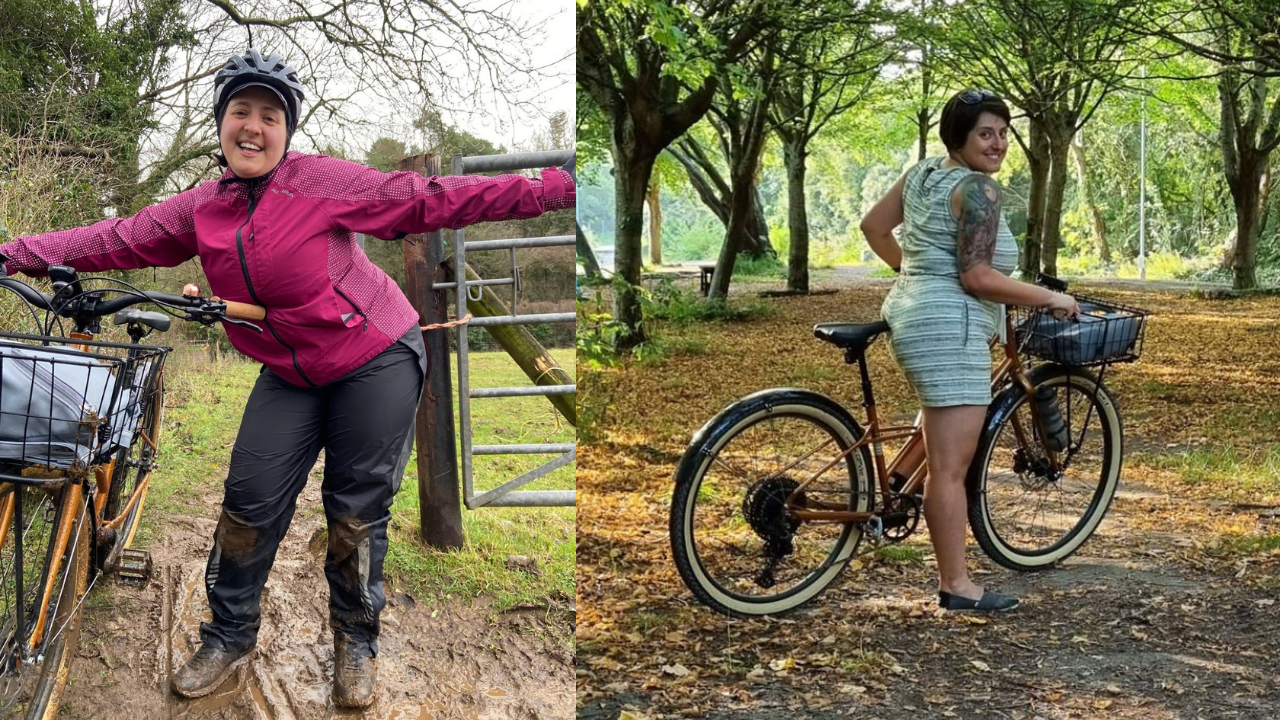
What specifically are these brands asking for when they put out a call for models with a ‘cyclist’s physique’? It’s rare that they actually follow this up with specific measurements or sizing, so they leave it open to interpretation. Of course, we all know what it means, but why use this particular wording?
I’ll tell you why: because it absolves them of any responsibility for the part they play in fat-shaming and actively discouraging larger-bodied cyclists from participating in the sport they love.
What these brands are looking for is actually the word ‘thin’, but if they dared to say that explicitly, we all know they’d be mobbed online for being exclusionary, and possibly boycotted by a significant portion of their customer base.
In a world where fat cyclists — fat people, full stop — are made to feel ashamed of their bodies, and to constantly question whether they’d be welcomed into the space they wish to occupy, why on earth would they see these kinds of call-outs and think they stand a chance of being included?
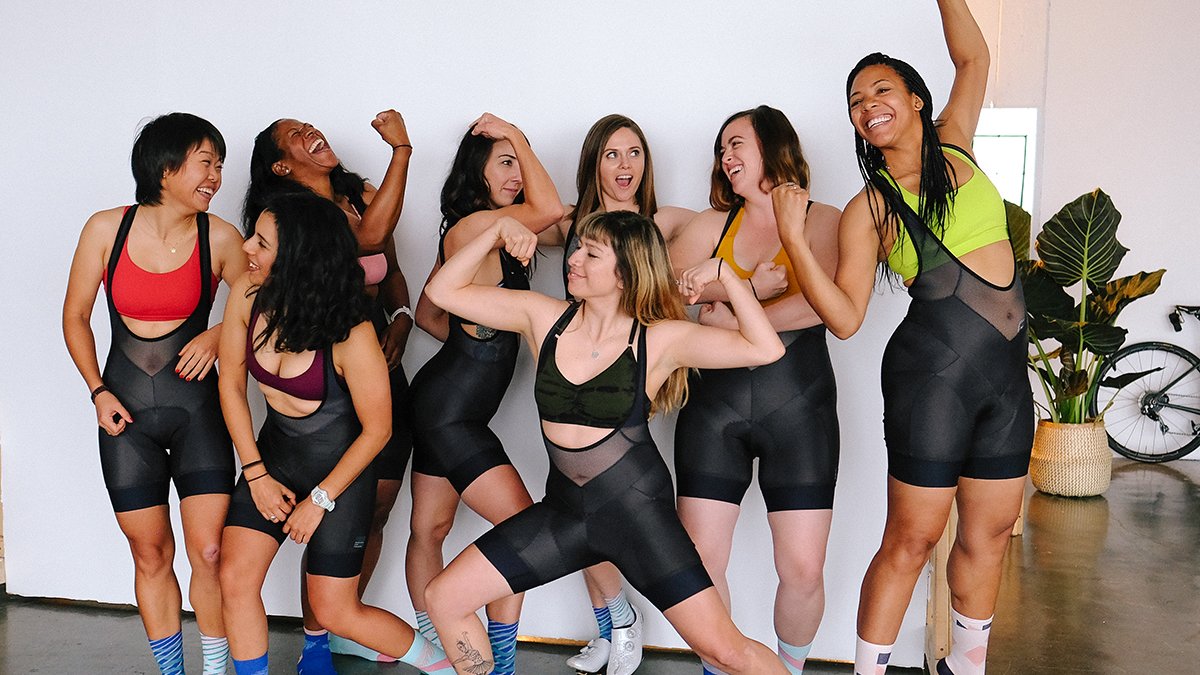
Of course, opting for the implicit ‘cyclist’s physique’ over the explicit ‘thin’ or similarly charged ‘fit’ says nothing about people’s individual strengths and accomplishments. It carries the assumption that a slender physique makes you capable of great things on the bike, whereas having a larger body probably makes you slow and likely to achieve less. It’s not about strength, or how far someone can push themselves, it’s about whether or not they can squeeze into the smallest size kit on offer, and this should not be an indicator of ‘what a cyclist looks like.’
The fact is, brands putting out messages like these just don’t have the gall to say what they actually mean, and I think if they were made to say the word ‘thin’ instead of ‘cyclist’s physique’, they would have to take a step back and really question why they’re asking for this particular thing in the first place. What is the purpose of only showing svelte, tanned, muscular bodies on bikes, if not to exclude and discourage those who don’t fit this image?
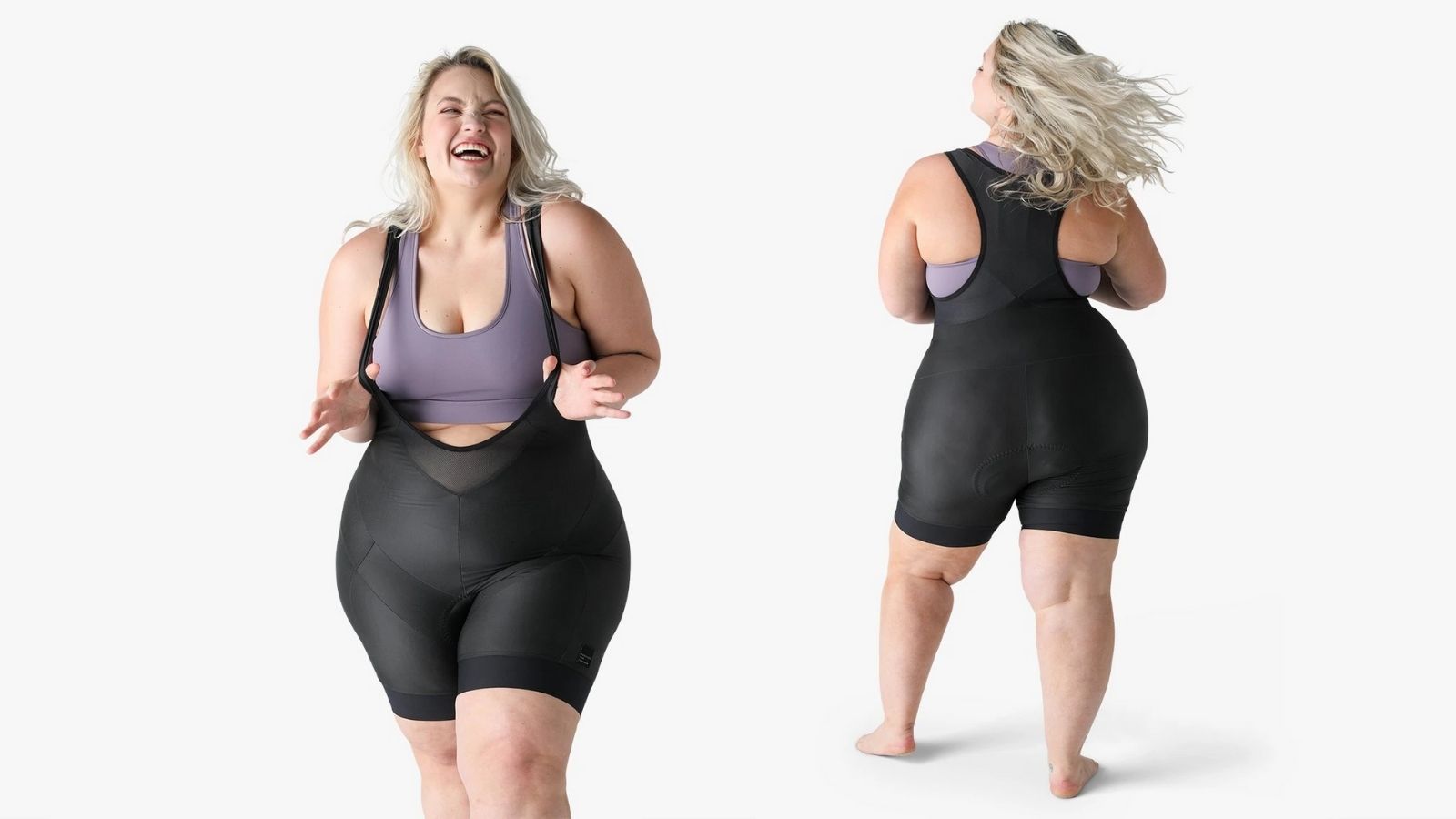
Having pushed back against some of this type of messaging, it’s become clear that in some cases, the reason for it is because they need models who will fit into the sample kit provided for the photoshoot — kit which is usually in a size small or XS. So this really does come back to the brands themselves, and whoever in their marketing department is making the decision to only provide small sizes for promotional purposes.
Why not show the variety of their sizing — if they even carry inclusive sizes, that is — and show how everybody (and every body) can benefit from using their products?
Mildred joined as Reviews Writer for Cyclingnews and BikePerfect in December 2020. She loves all forms of cycling from long-distance audax to daily errand-running by bike, and does almost everything on two wheels, including moving house, and started out her cycling career working in a bike shop. For the past five years she's volunteered at The Bristol Bike Project as a mechanic and session coordinator, and now sits on its board of directors.
Since then she's gone on to write for a multitude of cycling publications, including Bikeradar, Cycling Plus, Singletrack, Red Bull, Cycling UK and Total Women's Cycling. She's dedicated to providing more coverage of women's specific cycling tech, elevating under-represented voices in the sport, and making cycling more accessible overall.
Height: 156cm (5'2")
Weight: 75kg
Rides: Stayer Groadinger UG, Triban RC520 Women's Disc, Genesis Flyer, Marin Larkspur, Cotic BFe 26, Clandestine custom bike
